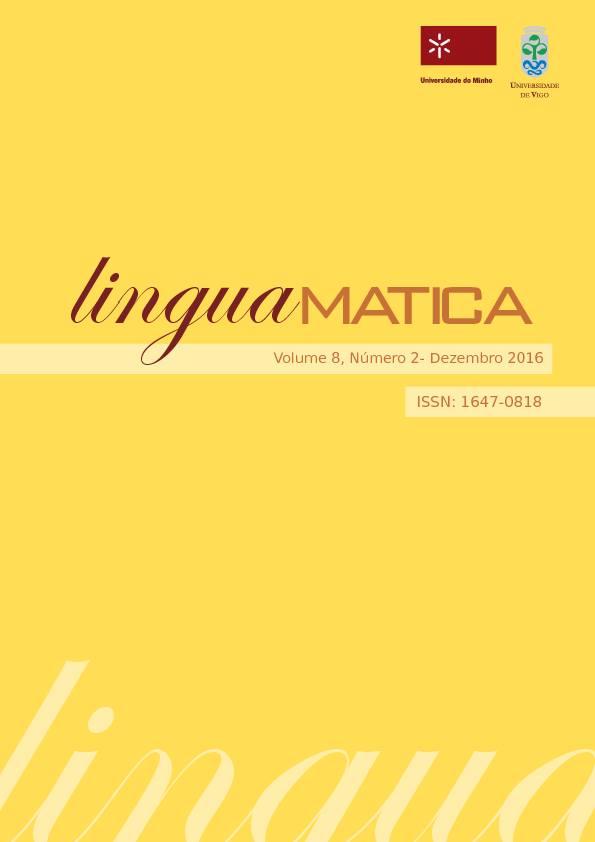Solo Queue at ASSIN: Mix of Traditional and Emerging Approaches
Abstract
In this paper we present a proposal to automatically label the similarity between a pair of sentences and the results obtained on ASSIN 2016 sentence similarity shared-task. Our proposal consists of using a classical feature of bag-of-words, the TF-IDF model; and an emergent feature, obtained from processing word embeddings. The TF-IDF is used to relate texts which share words. Word embeddings are known by capture the syntax and semantics of a word. Following Mikolov et al. (2013), the sum of embedding vectors can model the meaning of a sentence. Using both features, we are able to capture the words shared between sentences and their semantics. We use linear regression to solve this problem, once the dataset is labeled as real numbers between 1 and 5. Our results are promising. Although the usage of embeddings has not overcome our baseline system, when we combined it with TF-IDF, our system achieved better results than only using TF-IDF. Our results achieved the first collocation of ASSIN 2016 for sentence similarity shared-task applied on brazilian portuguese sentences and second collocation when applying to Portugal portuguese sentences.
Authors who publish with this journal agree to the following terms:
- Authors retain copyright and grant the journal right of first publication with the work simultaneously licensed under a Creative Commons Attribution License that allows others to share the work with an acknowledgement of the work's authorship and initial publication in this journal.
- Authors are able to enter into separate, additional contractual arrangements for the non-exclusive distribution of the journal's published version of the work (e.g., post it to an institutional repository or publish it in a book), with an acknowledgement of its initial publication in this journal.
- Authors are permitted and encouraged to post their work online (e.g., in institutional repositories or on their website) prior to and during the submission process, as it can lead to productive exchanges, as well as earlier and greater citation of published work (See The Effect of Open Access).













